Oh yes!!!!
Posted: 20 October 2009 Filed under: Adaptive Games Systems, Histories & Futures, Invisible Architecture, Masters, Msc Project, Negotiated Practice A, Negotiated Practice B, Ramblings, Synthesis | Tags: Masters Leave a commentFound out today that I passed and am now an MSc. So to celebrate a quick trip to Mr Bun was called for.
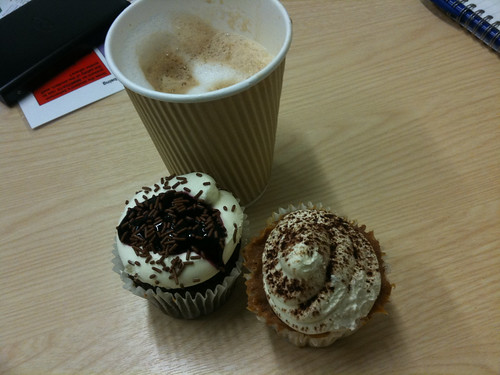
S-OS swappsies
Posted: 8 March 2008 Filed under: Invisible Architecture, Masters, Ramblings | Tags: Masters, workshop Leave a commentRan a workshop and Plymouth Art Centre today with some young artists. Using gps data and linking it into Google maps, we documented the social exchanges that take place on a typical Saturday morning in and around Plymouth. You can see the fruit of their labours here.
s-os
Posted: 7 February 2008 Filed under: Invisible Architecture, Masters | Tags: java, Masters Leave a commentSo s-os started last night at Plymouth Arts Centre and provides an operating system for the social life of Plymouth. As the site says “Whilst town planners and architects model the ‘physical’ City and Highways Department’s model the ‘temporal’ ebb and flow of traffic in and around the City, S-OS will model the ‘invisible’ social exchanges of the City’s inhabitants. Plymouth Arts Centre will be converted into a ‘Central Processing Unit’ to run S-OS as a RealLife Social Operating System, generating creative interventions and strategic manifestations on, by and for the citizens of Plymouth.”
My contribution to it is sosHappis which is a mobile phone app that measures your level of happiness. Based on Opta stats used to measure a footballer’s performance within a match, you simply pick the indicators that have happened to you on the day and your personal happindex is generated. You can then load them in onto the main server and an overall figure for the city is calculated. Download it from here and give it a go.
The exhibition runs until 6th April, more information can be found here.
Electron Microscope
Posted: 13 December 2007 Filed under: Invisible Architecture, Masters | Tags: Masters Leave a commentI’ve just had a brilliant day playing with an electron microscope. I took a blade of grass in as a representation of the space I’d just mapped. I got some pretty good pictures as you can see below. As there was moisture in the grass, we couldn’t film it in a complete vacuum which is how everyone’s was shot but in a low vacuum which was still pretty close to one compared to normal atmospheric conditions. The reason for having to do that was the moisture was evaporating as I was playing with the microscope and so that grass was essentially decaying. I mainly took photos so that the detail was fairly visible but I was also wanted to see how close I could get before the photo could be of anything and managed to get to 600 times.
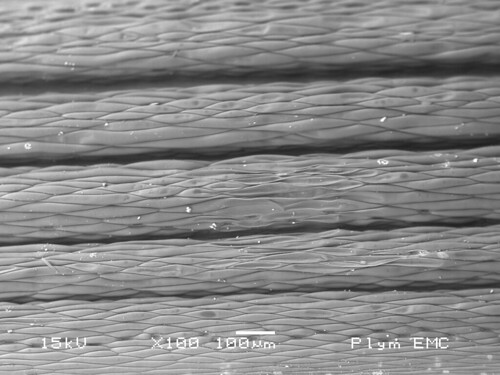
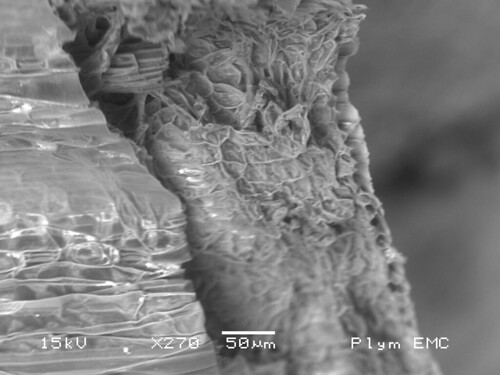
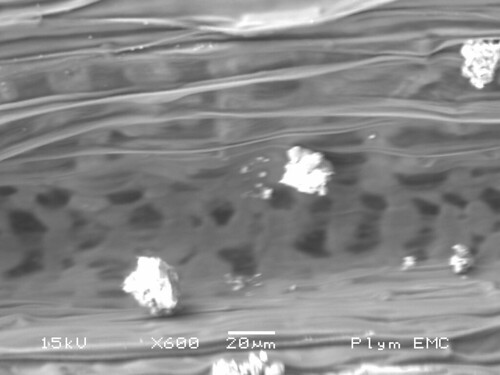
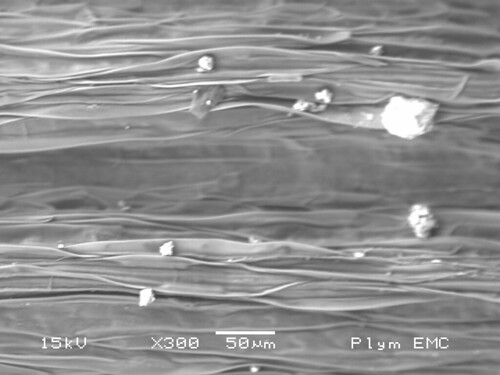
Map
Posted: 10 December 2007 Filed under: Invisible Architecture, Masters | Tags: football, Masters Leave a commentI’m quite interested in football (yeah, thought that might come as a bit of a shock) and I like how fans always reminisce about the old days. Hot on the outside frozen on the inside pies, tepid bovril, old players, terraces, the list is endless and yet football has moved on so much since those days. Not just in the game itself but the whole business of football has exploded to the point that the match itself is almost secondary.
Below is my attempt at mapping these “additional activities” by including elements of the past and the present.
A Game of Two Halves 6.9Mb
Invisible Arch update
Posted: 3 December 2007 Filed under: Invisible Architecture, Masters | Tags: Masters Leave a commentSo I’ve had a couple of meetings with Chris. In the first he did his now infamous triangle method of getting at the core of you or rather me. We talked about football, open source/hacking and my near evangelical stance on accessibility. We also chatted about the PDFs that he sent out and I mentioned that I really liked text on the Poliscar, how the homeless are the true public of a city. They spend their entire time in public spaces and yet they are constantly moved on and are excluded from “normal” civic life. Coz of that, Chris suggested that I’m not really about inclusion but more about exclusion and why people are excluded. I really liked this, I guess its more of the dark side of what I’ve been trying to do, especially with my professional work.
The 2nd meeting was more about my map which is based on football or rather the stuff that goes on around the game like sponsorship, catering etc. I’ve got this awesome book called A Game of Two Halves: Football Yesterday and Today which does a compare and contrast of the game from yesteryear to now, well Japan/South Korea 2002 but lets not split hairs eh? Something that has always interested me is this blurry nostalgia opinion we have of the game. Piping hot pies that are still frozen on the inside, lukewarm Bovil, terracing and yet football is nothing like that now. It’s more likely to be a Ginsters, 2 choices of coffee and a sweaty plastic seat but we still persist with this other image. Chris suggested that I have a word with Gianni as he’s doing some work on memory and I seem to be edging towards a collective memory type of thing.
Intro
Posted: 1 November 2007 Filed under: Invisible Architecture, Masters | Tags: Masters Leave a commentThe agility of media technologies to explode the Time / Space / Distance equation established by Newtonian physics three centuries ago, has enabled a host of disciplines to reconsider the way that they work with space. �Invisible Architecture� explores the diversity of models of ‘space’ and ‘place’ (real and virtual) that emerge through our understanding of and interaction with Digital Media. The practical development of the evolution of these new and old spaces is placed within a critical and theoretical context, through the exploration of historical and contemporary concepts of ‘space’ and the impact of VR on notions of ‘real space’ ‘Cyberspace’, ‘Mediaspace’, and ‘Dataspace’, etc.
Traditionally the distinction between the public and the private was located at and limited to the front door or the facade. Today, a third condition proliferates; electronic space has introduced another public domain, de-localized in the infinite thickness of the screen. Neither here nor there, neither then nor now: no-one, no-where, no-when, this computer screen, more than the television, has intensively and extensively transformed the meaning of the facade as barrier.�
Winka Dubbeldam, (In-)crease: Integral Architectures.
Space, is not a Cartesian given, but a negotiable and explorative concept. Spaces are produced in many different forms, and the context for the module is the broad range of frameworks through which it is possible to interpret them. Writers such as Iain Borden use Skateboarding as a theoretical and cultural device to untangle how the body and architecture relate. Peter Anders uses the term �Cybrid� to describe the union of physical and electronic spaces and objects. Adopting different perspectives from which to observe how space is produced, architects, artists, writers and scientists have illustrated the complexity that arises from using one word to identify a common aspect of experience.